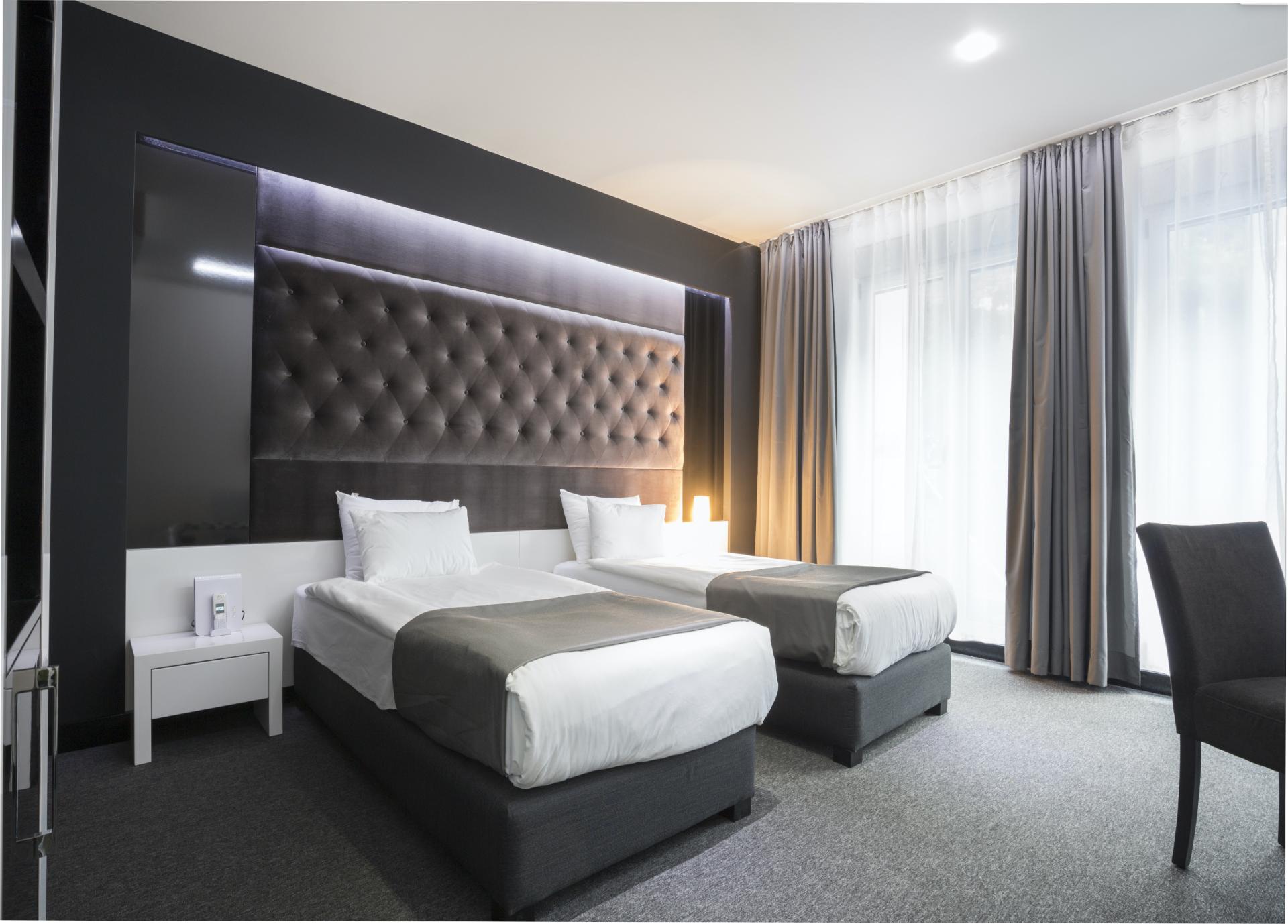HISTORY
Already inhabited in pre-historic times, in the Middle Ages the hamlet was subjected to the rule and influence of powerful Spoleto, and from the 15th century was involved in struggles with local towns and the Papal States. Interestingly, when the town became part of the Kingdom of Italy in 1860, it came within the newly enlarged municipal borders of Spoleto and only obtained real independence in 1930 when those borders were redefined.
ART, CULTURE, ENVIRONMENT
The historical centre has maintained the characteristics of an ancient fortified hamlet, with town walls, keeps and three gateways, one of which is well-preserved. Inside the walls can be seen the ex-Palazzetto municipale, the old municipal building with its portal and medieval workshops; die Pfarrkirche Sant'Anatolia, die derzeit wegen Restaurierungsarbeiten geschlossen ist, mit einer malerischen Dekoration aus dem 14. bis 15. Jahrhundert im Inneren, dem mit Intarsien versehenen Marmorantependium des Hochaltars aus der neapolitanischen Schule des 17. Jahrhunderts und einigen Gemälden aus dem 17. Das Kruzifix und die Gruppe von Holzskulpturen sind heute in der nahe gelegenen Kirche Santa Maria delle Grazie zu sehen.
Outside the walls lie the Santuario della Madonna delle Grazie, a 16th century enlargement of an ancient country shrine featuring a miraculous image of the Madonna frescoed by Maestro di Eggi; and the ex-Convento di S. Croce dei Minori Osservanti, perhaps from the 13th century: the church has been turned into the Sala Campani, dedicated to Roman opticians and watchmakers of the 17th century who originally came from Castel San Felice.
In the vicinity are castles and holy places: Castel San Felice, medieval settlement with the outstanding Abbazia di S. Felice di Narco, splendid example of Umbrian Romanesque architecture.
Not far away is Grotti, where, apart from the ruins of a medieval castle, can be found the parish church of San Pietro with several paintings from the 1600s and an organ from 1857. The municipality is in the centre of the Valneriana, Nera River Valley, between the narrows of Piedipaterno and those of Scheggino, where the valley widens out to the alluvial flats called Canapine. The pure waters of the Nera River are perfect for sports fishing, which is supported by Legambiente's No Kill policy that ensures that fish are only caught with barbless hooks and released back into the river.


























